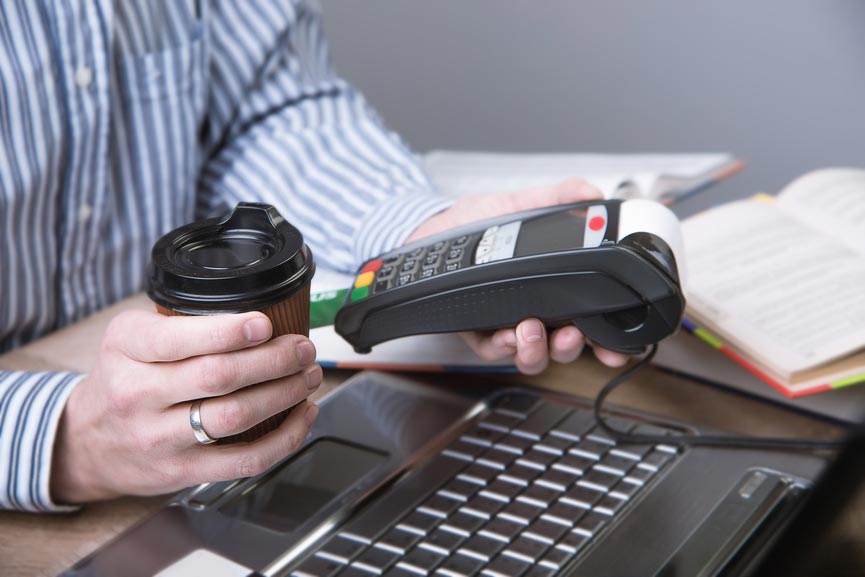In addition to helping you better manage your inventory, simplifying transactions and increasing customer satisfaction, a point-of-sale system also allows you to capture important data. The information gathered from the reports offers meaningful insight and can provide you with valuable clues on how to grow your business. In the event that you’ve recently upgraded to a POS system and want to make the most out of your business solution, here are some tips to get you started.
1. Make a list of the info you would like to know
If you want to put this data to good use, then it would be wise to create a list of goals for your business for the next six months to one year. Such goals include increasing sales, establishing whether you’re buying the correct amount of inventory, converting more prospects, determining the ideal hours for operations, increasing average order size, so on and so forth. Irrespective of the business objectives you have in mind, the products in your inventory or the system you use, make sure that they correspond to the data available from the POS reports.
2. Understand what data you need from the POS statistics
Thanks to a customizable POS solution, you will be able to tap into a vast amount of information, from what your customers buy and who they are to what items from your inventory sell and which member of your staff does the most sales. Take note that the information you get from these reports can be customized to be shown as basic or granular as needed.
3. Come up with an analysis structure
After determining what data you need and in which form, it would be wise to develop an analysis structure. By using this methodology consistently over time, at some point you will be able to predict trends way before they become popular, and use them to better your business.
For example, let’s assume that you notice you always end up with excess products from a certain vendor in a given period of the year. Using the POS reports, you might learn that your customers are only interested in that product only when they receive a discount for it. Now that you know why this is happening, you can consider a targeted promotion and offer a tempting discount to a segmented part of your audience, thus boosting sales and increasing customer engagement with your brand.
4. Identify particularities
Perhaps you can’t afford to hire an analytical expert to go through the data with you on a regular basis, but it still wouldn’t hurt to ask yourself why some products sell during certain days of the week, for example. While you won’t find an immediate solution to this issue, at least you will be able to determine whether you’re pulling the right type of information from the reports.
5. Translate the data into a working solution
Coming up with a working solution for these issues is just as important as spotting various particularities of your business. In other words, it’s not enough to spot trends or exceptions, and you should always try to figure out what you can do about them.
